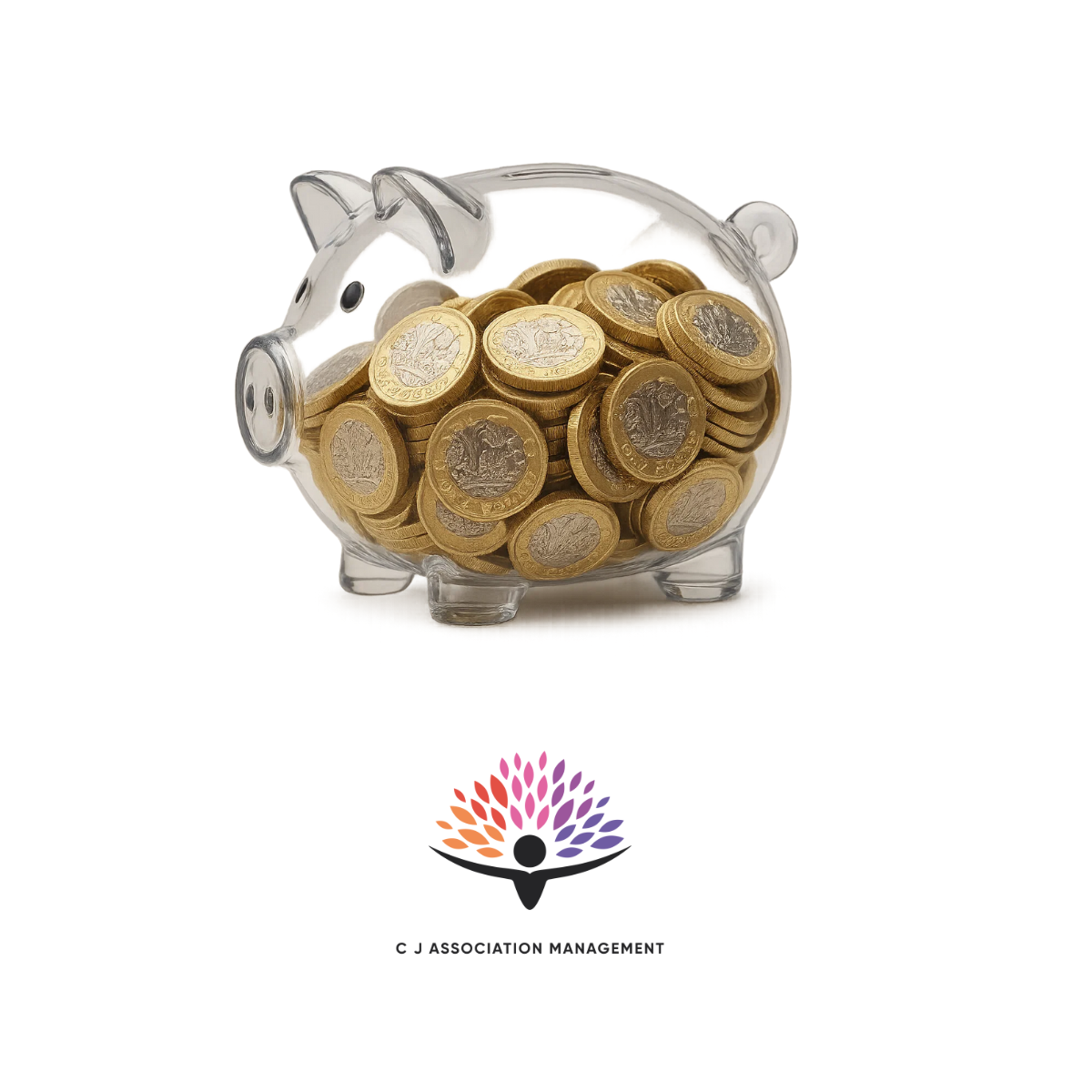LGcomms Academy 2025 showed just how powerful an association conference can be when creativity leads…
Measuring the value of social media
Monitoring social media campaigns is vital to managing reputation and gaining meaningful business and brand insights. How best to measure the value of these campaigns is a hotly debated subject among PR and marketing professionals, particularly when it comes to securing support from senior management. Defining clear business and marketing objectives is therefore essential, as is gathering smart data to demonstrate positive outcomes.
While audience size can act as a good key performance indicator (KPI), simply monitoring numbers of fans or followers is not a measure of a campaign’s success or ROI. Instead, it’s important to measure the level of engagement with the audience and share of voice in comparison to competitors. A social media campaign could reach thousands of individuals, but it will only prove fruitful if the audience interacts with the news – ‘likes’, shares or downloads it, offers online feedback or signs up to a company newsletter, to name a few.
The social Olympics
The principal Olympic sponsors’ social media activities make for an interesting case study – of the ten sponsors currently most active across major social media channels, Coca-Cola is leading the pack with 17% share of voice, closely followed by McDonald’s with 15% and Samsung with 14%. The most popular channel for social media activity is Twitter, with 54% of readers engaging with sponsors’ content via tweets, with online news claiming 14% of readers, forums 7% and blogs 6%.
Social media analytics
Facebook Insights offers a facility for analysing data, including for example the number of viewers, the frequency with which a video has been played or how many people created their own story from a particular post.
Google Analytics is also ramping up its reporting options, and has recently introduced a social engagement report that shows the traffic generated from each social platform and via specific posts. Comparing parameters such as the bounce rate or percentage of new visits from one platform to the next can help to hone and optimise content. Google’s social graph report also shows how visitors make their way to a site from particular social networks and details what they do once they’re there.
Demonstrating business benefits
All these different metrics add an important layer of visibility for PR and marketing professionals. Taking this a step further to understand how social media is impacting the bottom line means demonstrating sales conversions or lead generation. Setting up conversion tracking through Google Analytics or another analytics package can pay dividends in terms of providing concrete proof of business benefits such as sales, new business enquiries or meeting requests. Alternatively, a more straightforward option is to ensure that commercial transactions take places via the social media network itself, providing a seamless interaction for the customer.
While measuring ROI from social networks is not an exact science, taking the time to install and continually review analytics processes that accurately track key performance indicators can prove invaluable in the drive to measure the value of social media and secure its ongoing place in an organisation’s marketing strategy.



